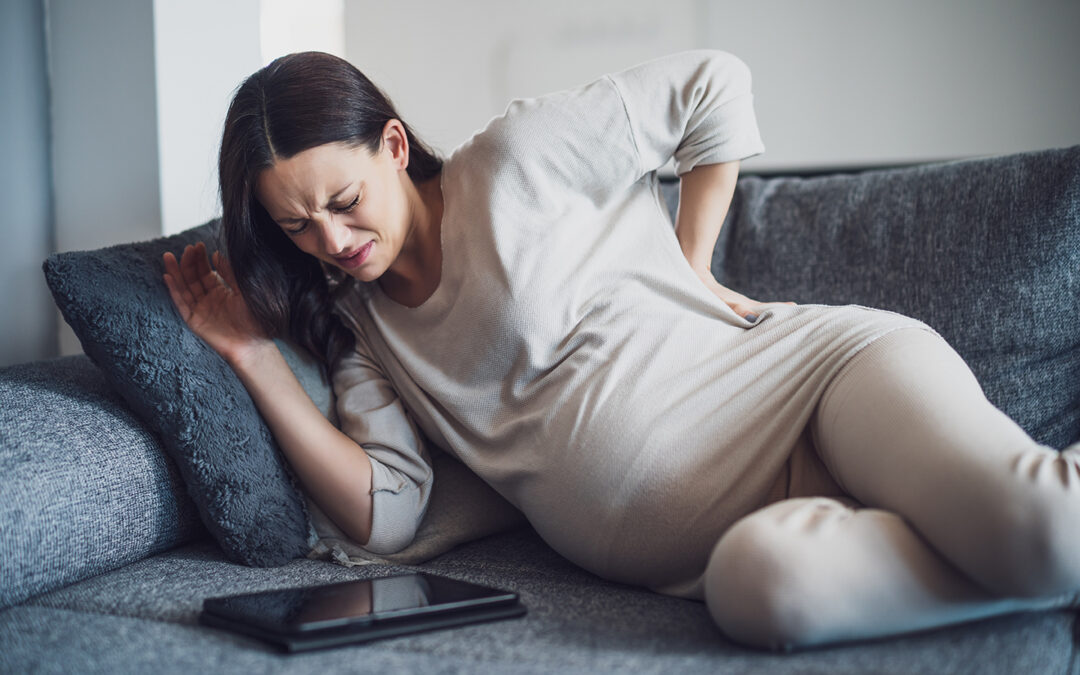Contents
Lymph nodes are small, bean-shaped structures found in clusters throughout the body, including in the:
- Neck
- Armpits
- Abdomen
- Groin
- Chest
They play a crucial role in the immune system, helping to protect the body from infections and diseases. They’re part of the lymphatic system, which is a network of vessels, tissue and organs. This network helps to drain fluid (lymph) from the body’s tissue. Lymph contains white blood cells, which are essential for fighting infections.
What can cause swollen lymph nodes in the armpits?
Where swollen lymph nodes are can help determine the cause of the problem. When they’re swollen in the armpit, it can mean your body is fighting an infection, or several other conditions. Potential causes behind swollen lymph nodes in your armpit include:
- Viral infection — Certain viral infections, like a cold or the flu, can make your lymph nodes swell. Infections in your arms or chest, like a skin infection or upper respiratory infection, can also make the lymph nodes under your arm swell. They become swollen as they help your immune system fight the infection.
- Skin infection — Infections on your skin, like an abscess, cellulitis, or a cut that gets infected, can cause nearby lymph nodes to swell. The lymph nodes help to filter out germs and fight infections. During this process, they can become swollen.
- Breast infection or condition — Conditions affecting the breast, such as mastitis or other breast conditions, can cause swelling in the lymph nodes under the arm. The lymph nodes in the armpit are responsible for helping drain fluid from the breast area. If there’s an issue with the area, they can become swollen.
- Injury or inflammation — An injury to the arm or area near the armpit can sometimes cause the lymph nodes to swell. Inflammation from conditions like arthritis can also cause swelling. The lymph nodes swell as a part of the healing process.
- Allergies — Allergic reactions to certain medications or substances can sometimes cause the lymph nodes to swell. This swelling happens in reaction to the allergens in the body.
- Lyme disease — Lyme disease is an illness caused by bacteria spread through tick bites. It can cause swollen lymph nodes and other symptoms like fever and rash.
- Rheumatoid arthritis — Rheumatoid arthritis is a type of arthritis that causes the immune system to attack the joints. It causes pain, swelling and stiffness in the joints, and it can sometimes also cause swelling in the lymph nodes as the body responds to the ongoing inflammation.
- Lupus — Lupus is an autoimmune disease where the immune system attacks healthy tissue, causing widespread inflammation. It can affect the skin, joints, kidneys and other organs. The ongoing inflammation and immune system activity can lead to swollen lymph nodes as part of the body’s response to the disease.
- Cancer — In some cases, swollen lymph nodes can be a sign of cancer, such as lymphoma, leukemia or breast cancer. This is less common but is something to still be aware of. Cancer cells can spread to the lymph nodes, which causes them to swell.
What do swollen lymph nodes under the arm feel and look like?
Swollen lymph nodes under the arm can feel like:
- Small, pea-sized lumps or bumps — These may be noticeable to the touch.
- Tender or painful — The swollen lymph nodes may be sensitive to touch or cause discomfort.
- Hard or firm — In some cases, the lymph nodes may feel firm or hard
Swollen lymph nodes under the arm can look like small, raised bumps or lumps on the skin. They may be the same color as your skin or slightly reddish.
The appearance, size, shape and consistency of swollen lymph nodes can vary depending on the underlying cause. Taking care of your health and checking in with a health care professional is a smart step when you’re unsure about symptoms.
What kind of health care provider should you see for swollen lymph nodes under your arms?
It’s important to consult with a health care professional if you notice swollen lymph nodes in your armpits that are:
- Persistent
- Painful
- Accompanied by other symptoms
Your provider can give you a proper evaluation, diagnosis and treatment plan. Health care providers who can help you include:
- Primary care physician — Your family doctor or general practitioner can often assess swollen lymph nodes and determine if you need further testing.
- Internal medicine specialist — If your primary care physician isn’t able to provide a diagnosis, they may refer you to an internal medicine specialist.
- Infectious disease specialist — If your doctor suspects that an infection is the cause of your swollen lymph nodes, they may refer you to an infectious disease specialist.
- Oncologist — If cancer is a concern, an oncologist can evaluate the lymph nodes and recommend appropriate treatment.
Early diagnosis and treatment can be crucial for managing underlying health conditions.
How to get rid of swollen lymph nodes under the arm
If you have swollen lymph nodes under your arm, it’s important to consult with a health care professional for a proper diagnosis. Home remedies and other techniques may provide temporary relief of symptoms; however, a professional evaluation is essential to determine the underlying cause and appropriate treatment.
There are several ways you can help reduce swelling and feel more comfortable, including:
- Rest — Taking it easy and avoiding activities that can stress or irritate the area gives your body a chance to focus on healing and can help reduce inflammation.
- Apply ice — Putting an ice pack or a bag of frozen vegetables wrapped in a cloth on the swollen area can help reduce swelling and numb the area, easing discomfort.
- Use warm compresses — Applying a warm, damp cloth to the swollen lymph nodes can help relax muscles and improve blood flow to the area, which can help reduce swelling.
- Stay hydrated — Drinking plenty of fluids to stay hydrated helps support your immune system and helps your body flush out toxins that could be causing swelling.
- Take medications — Over-the-counter pain relievers like ibuprofen or acetaminophen can help reduce pain and inflammation. Make sure you follow the instructions on the label and consult your doctor if you have any concerns.
- Practice good hygiene —Proper hygiene can help prevent infections that could make swelling worse. Wash the area gently with mild soap and water.
- Avoid tight clothing — Wearing loose-fitting clothes that don’t press on the swollen area can help you feel more comfortable.
- Follow a healthy diet — Eating a balanced diet with fruits, vegetables and lean proteins helps support your overall immune system and can help your body heal more efficiently.
- Go to physical therapy — A physical therapist can help improve the range of motion and strength around the affected area, which may help reduce swelling and improve function. They can also use techniques for managing pain and inflammation.
Taking these steps can help you manage swollen lymph nodes and feel more comfortable.
Physical therapy for swollen lymph nodes under the arm
While physical therapy is primarily used to treat musculoskeletal conditions, it can also help manage swollen lymph nodes. Some techniques a physical therapist may use to help alleviate discomfort and promote healing include:
- Soft tissue manipulation — Your physical therapist will use their hands to apply gentle pressure and movement to the soft tissue surrounding your swollen lymph nodes. This can help:
- Reduce muscle tension
- Improve blood flow
- Promote lymphatic drainage
- Myofascial release — Myofascial release involves applying sustained pressure to the fascia, a connective tissue that surrounds your muscles. By releasing tension in the fascia, it can help improve lymphatic flow and reduce discomfort.
- Therapeutic exercises — Gentle stretches and exercises can help improve your range of motion and relieve any tightness around the lymph nodes. This can help keep the muscles around the area flexible and reduce discomfort.
- Manual lymphatic drainage — This is a specialized manual therapy technique used by your physical therapist to help stimulate the flow of lymph fluid and reduce swelling.
A physical therapist can tailor techniques like these and other physical therapy approaches to your specific needs and guide you through each exercise or treatment. They can also monitor your progress and adjust your plan as needed.
Lattimore Physical Therapy can be your partner on your path to healing
At Lattimore Physical Therapy, we understand the discomfort and inconvenience that swollen lymph nodes under the arm can cause. Our experienced physical therapists are dedicated to providing compassionate and personalized care and effective treatment options.
Our team has over 30 physical therapists with a Certification in Orthopedic Manual Physical Therapy, ensuring that you receive the highest quality of care. We offer a variety of techniques intended to address your specific needs. We work to help you find relief from swollen lymph nodes and regain your quality of life.
Contact our team today for more information or to schedule an initial appointment.



